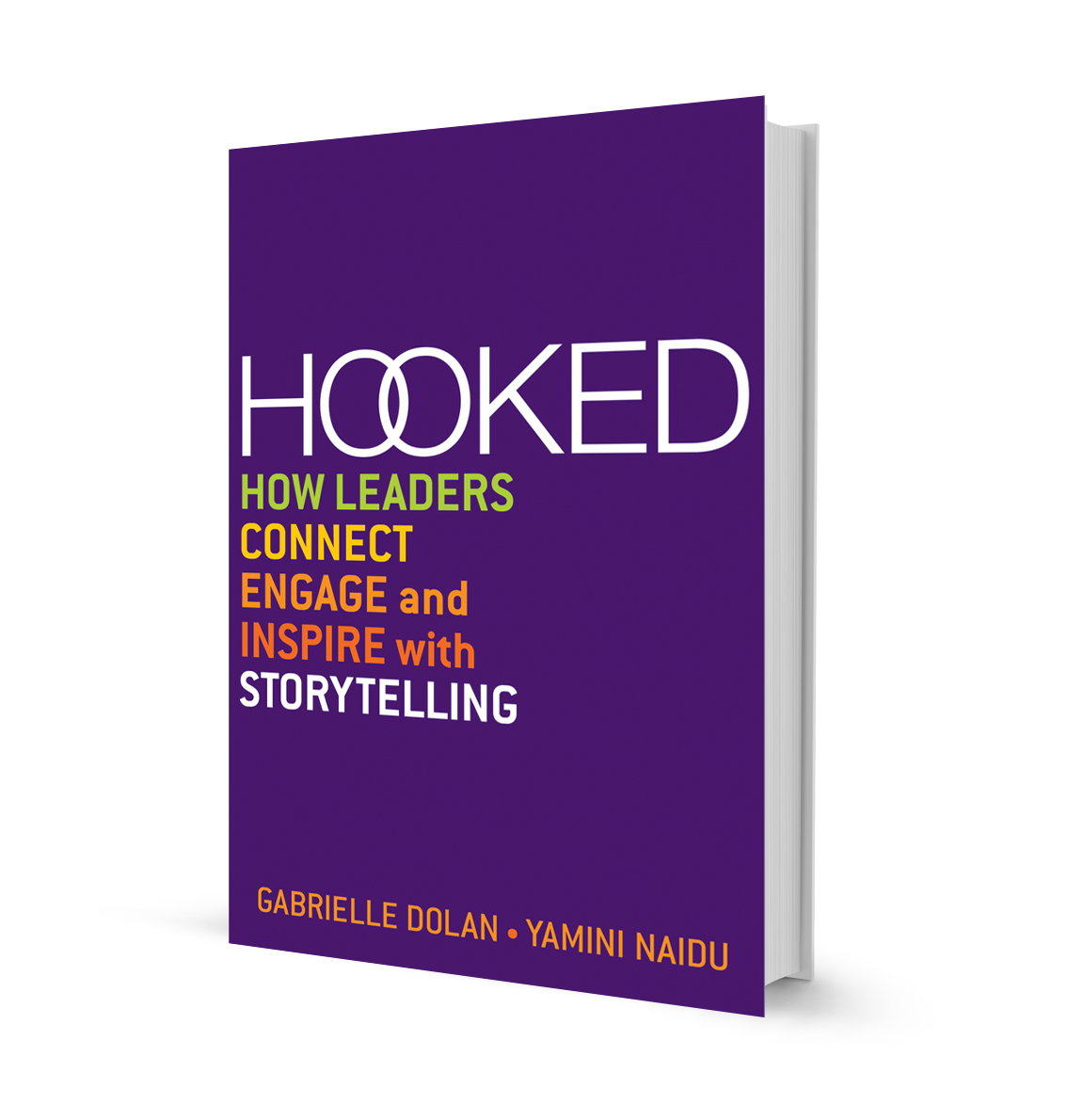When it comes to winning new business in complex services markets, what got you here won't get you there. In other words, the offer that helped you win the contracts and customers you have today is not likely to be what brings in future business.
Often, lack of good ideas is not the problem. Smart, successful people in service businesses often have little difficulty in coming up with lots of options for new things that they could sell.
The issue arises when it comes time to sort those ideas into what’s going to make the biggest impact (selection) and then figure out what to do to make them actually happen (implementation).
We all have a blind spot when it comes to our own stuff, and getting someone to help you look at all your ideas and help you select the ones that are most valuable can save you hours of wasted time and effort. It’s a lot like the way that a gallery owner works with an artist. The gallery owner helps the artist to see what is most commercial about their work, and that customers will want to buy. The gallerist’s process is called “curation”. This is very similar to the process I follow with my clients when we choose the best ideas to work on.
Once we have this sorted, the way to implement projects that matter is to “fight for three”. This is an idea introduced by Peter Cook in his book The New Rules of Management, and recognises that we all have a lot to get done in our day jobs. When it comes to doing something new on top of that, we need to choose only the three projects that are most important to blasting us out of our status quo. New things are hard to find the time and energy for, and it’s easy to lose momentum. That’s where external accountability can really help get you where you want to go.


